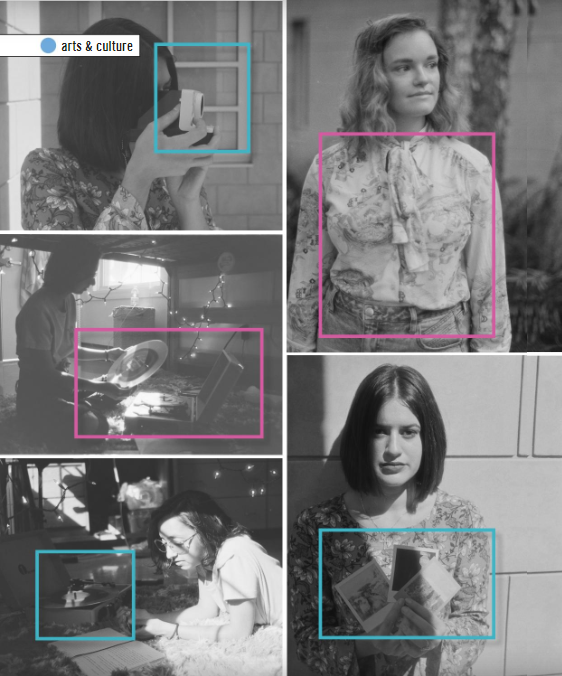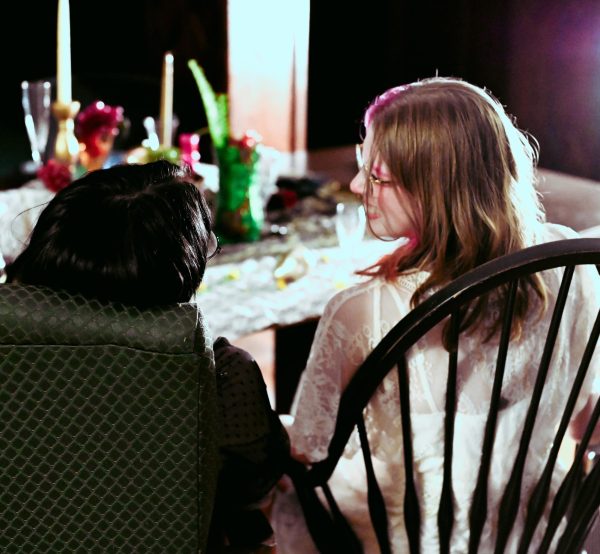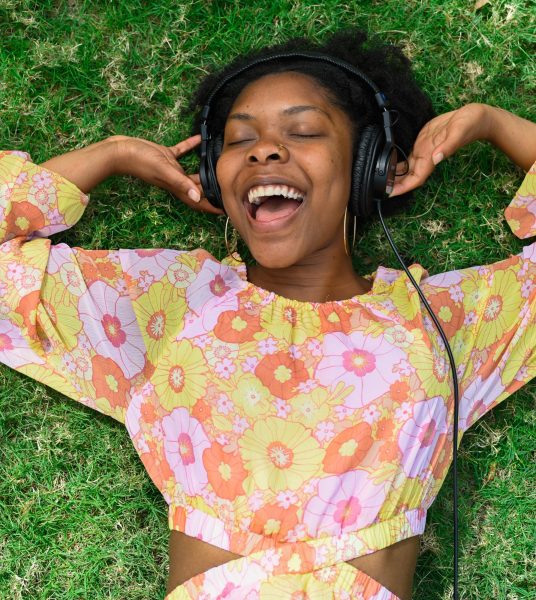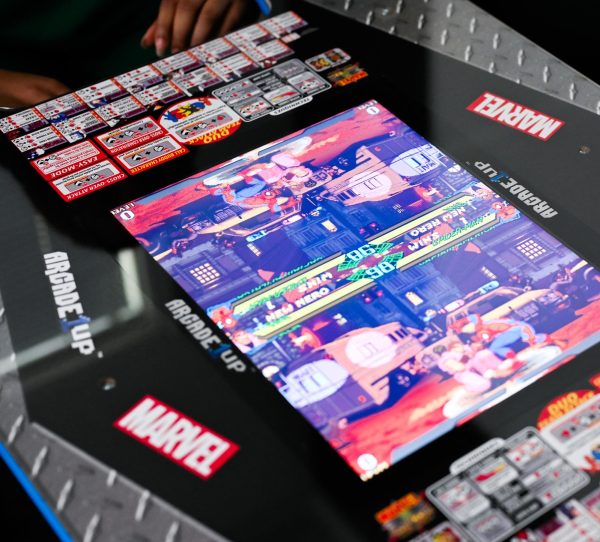Yeah, Retro’s Back, But Why?
The search for simplicity behind the vintage trend.
From Sami Dunlap’s (’21) vintage styles to Anisah Majeed (’22), and Nikita Shinn’s (’19) analog technology, people in our generation are returning to classic trends more and more.
As 2020 gets closer, it’s easy to dream of that high-tech future all those cheesy ‘80s movies promised us. However, whether it’s music, fashion, or art, it seems like “the older the better.” Stetson’s campus is filled with 18 to 22-year-olds who have chosen to bring the past into the new decade.
Is this love for the old just the latest trend? Does that girl wearing the Pink Floyd band tee really listen to their music? Some students would probably admit that it’s mostly for the aesthetic, but many insist that they love vintage items for a reason, and it’s much more than a fad.
“Stranger Things,” one of 2019’s hit shows, and its ‘80s looks are driving fashion in the real world. High waisted jeans and wide-leg pants are coming back around. Even synth pop is making a come-back. Vintage is undeniably back in style in a sort of superficial sense, but if you look closely you can see that it runs deeper than just surface level.
More and more, young people complain about a sense of superficiality that runs beneath our modern lives of interconnectivity. The internet has made things instant and plentiful, but at what cost? Reconnecting with the past may be fashionable, but it also brings us back to a world long since perished–a world where individuality felt genuine, in which the things you paid for were yours, in which a simple repair could breathe new life into a worn-out thing. Those days may not be coming back, but when young people attempt to revive them for a bit, it’s no simple fad. Underneath the retro exterior is a deep yearning for simplicity.
Sami Dunlap (‘21), expresses her love for vintage through clothes. Dunlap says her interest began when she learned how to style her hair in old pin-up fashion. Now, she recycles vintage clothing from Goodwill to create her own unique style. “It’s a more sustainable, more fun, more unique shopping experience that I personally love,” she said when describing how she finds pieces at Goodwill and creates something new, simply by hemming a pant leg or adding a patch over a hole.
When discussing how she describes vintage, Dunlap said, “I think a lot of people forget that the early 2000’s are vintage, which is funny. Styles recycle a lot, so I think a lot of people assume that if you dress vintage you have to dress very old-fashioned—which I adore…But you can absorb vintage into your daily life.”
Anisah Majeed (‘22), absorbs vintage into their daily life through music. In a world of streaming and airpods, Majeed prefers records.
“One of my old friends had a record player and whenever we would get stressed we would just sit there and watch it, which is kind of a sad thing to do—just sit there and watch a record spin. But it’s the way that I cope with anxiety, or if I’m ever feeling alone,” Majeed explained how they originally got into vinyl.
Being a music student, Majeed explains that at times music can get really stressful. Records were a new way of listening to the music that Majeed described as vastly different than Spotify or Apple Music.
The simplicity of vinyl is what intrigues Majeed. They explained, “They put you in a different place, I think. I feel like all music is escapism, and if you can find ways to unplug—being detached from technology is a big thing for me, so being able to listen to music without having to touch my phone or be accessible to other people is really important.”
Like simplicity, uniqueness is another reason why vintage items have found their way into the 21st century. In a world where you can take a thousand photos in ten seconds, the idea of a single image, no edits, no Facetune no captions, seems almost scary.
That element of suspense is exactly what Nikita Shinn (‘19), loves about Polaroid photography:
“I just liked the fact that when you take the photo you never know how it’s going to end up. When you take a photo with a digital camera or with your phone you know what it’s going to look like. But with a Polaroid, the picture, the coloring might be a bit blemished… You just never know what it’s going to look like. I like that part of it.”
Shinn explained her concern with digital cameras and how the ability to delete the images and retake them, takes away that unique quality she loves about her Polaroid.
The idea of hearkening back to a bygone age is not new. Medieval woodcuts complain of the sensibilities of youth culture. Ancient texts lament the degradation of society since even more ancient times. Even media from the eras now coming into popularity complains of young people abandoning the virtues of the past. Missing from all of these, however, are the opinions of the youth themselves. Yet listening to students explain themselves, it becomes clear that simple nostalgia cannot explain everything, especially when many have no connection at all to the eras they attempt to emulate. The simplicity, however, is universal. One does not need to remember the dominance of old-school technology and clothes to understand that they possess certain qualities not found in the modern, and that inherent in these qualities is a sense of disconnection nearly unknown to many young people. No wonder, then, that we look backwards even as 2020 draws nearer–the past still holds an appeal that the present could not hope to compete with.

Jacob Mauser is the executive editor of Hatter Network's Touchstone Literary and Arts journal. He's majoring in English with a focus on Medieval and...
















